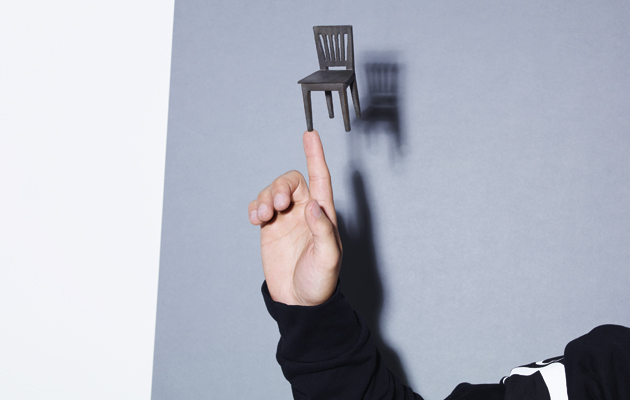|
|
||
|
The modernist dream has gone badly awry when the only way to make good design “affordable” is to render it entirely pointless, says John Jervis There’s been an outbreak of bitch-slapping in the design industry recently. Companies manufacturing highly priced (but licensed) reproductions of classic modernist chairs have been trading blows with those making cheaper, unlicensed and mildly inferior versions of the self-same products. Never mind that many of these chairs were first created with a view to function and affordability – we must appreciate that this furniture is, in fact, a precious inheritance, to be passed gently from one copyright holder to the next. The recreation of a mid-century chair requires expert craftsmanship, careful selection of components, a real connection with the customer and, most of all, stout legal safeguards. Those with light wallets should just take the walk of shame to Ikea. But, fortunately, those benevolent companies protecting the legacy of modernism on our behalf have arrived at a potential solution to this financial conundrum – the miniature chair. An exact 1:6 replica of a classic, beautifully fabricated from the original materials, it is produced with the approval of the designer or estate in question (for whom, of course, any royalties are of secondary import). So, if you wish, you may enjoy your very own Jean Prouvé. Your very own Kandinsky or Rietveld. Or perhaps even a Gehry. Surely only a mean-spirited individual would question the integrity of this well-intentioned gesture? That is, until you see the prices of these matchstick models. These aren’t just postcards for design afficionados – you’d be shelling out £150 if your preferred chair is a little run-of-the-mill. Upwards of £350 if your taste runs to Charles and Ray Eames. In fact, buy two or three and you may as well get the real thing, whatever that means. Though owning the correct backdrop – a warehouse apartment or Georgian townhouse – may prove the real stumbling block. Form follows function: that was the modernist dream. Screwing consumers for fiddly pieces of ornamental tat to place alongside the spines of their art books, preferably on Universal shelving, is the new utopia. If this is how designers’ estates guard their inheritance, perhaps copyright law needs revisiting? In the art world, prolonged terms have ensured that intellectual property is a huge money-spinner, pouring cash into the gaping wallets of legatees and leading to tasteless outpourings in concrete and brick, or internecine warfare between siblings. It would seem that today’s design industry is equally rapacious. Gropius saw modernism as the application of mass production, standardisation and technology to industrial design, thus achieving economy and efficiency. A miniature chair is simply a machine for sucking money from us devoted patsies – or, looking on the bright side, a lesson to all of us not to erect false idols. |
Words John Jervis
Above: A machine for sucking money from design devotees …
Image: Bruno Drummond |
|
|
||


















